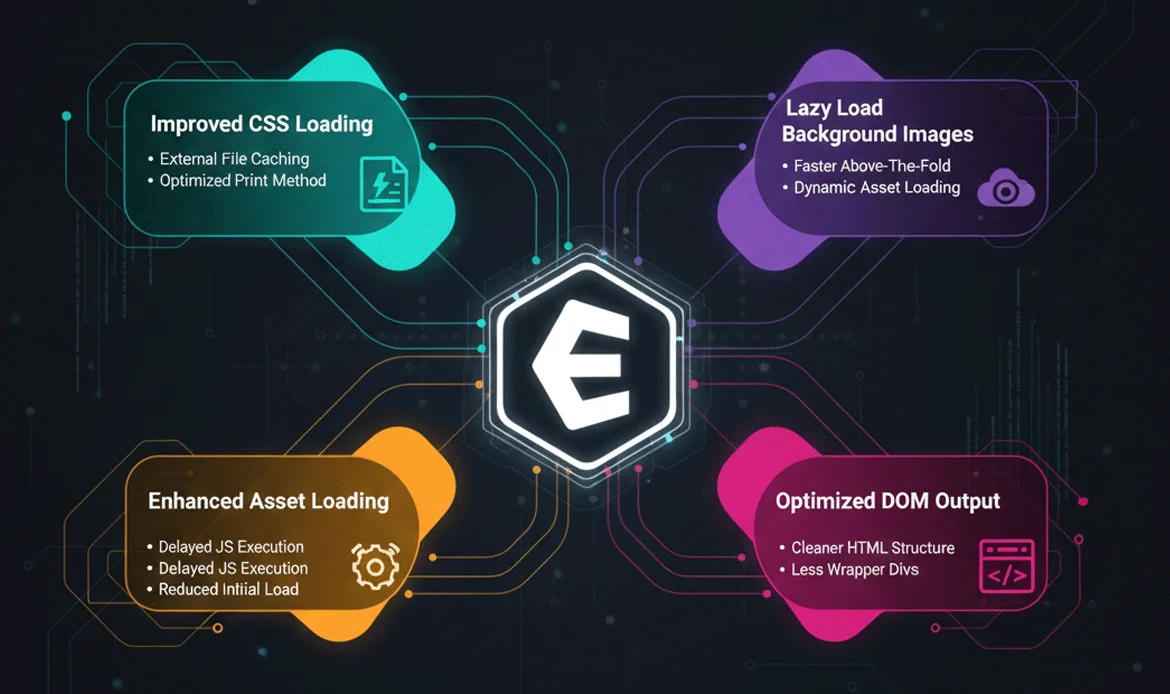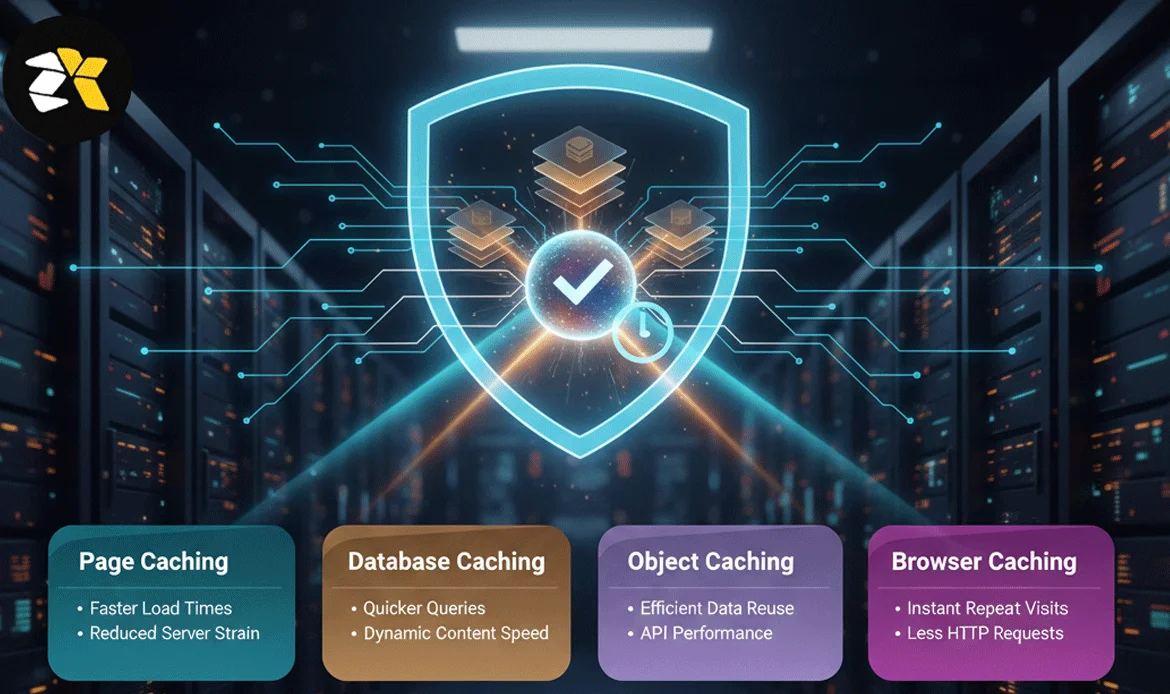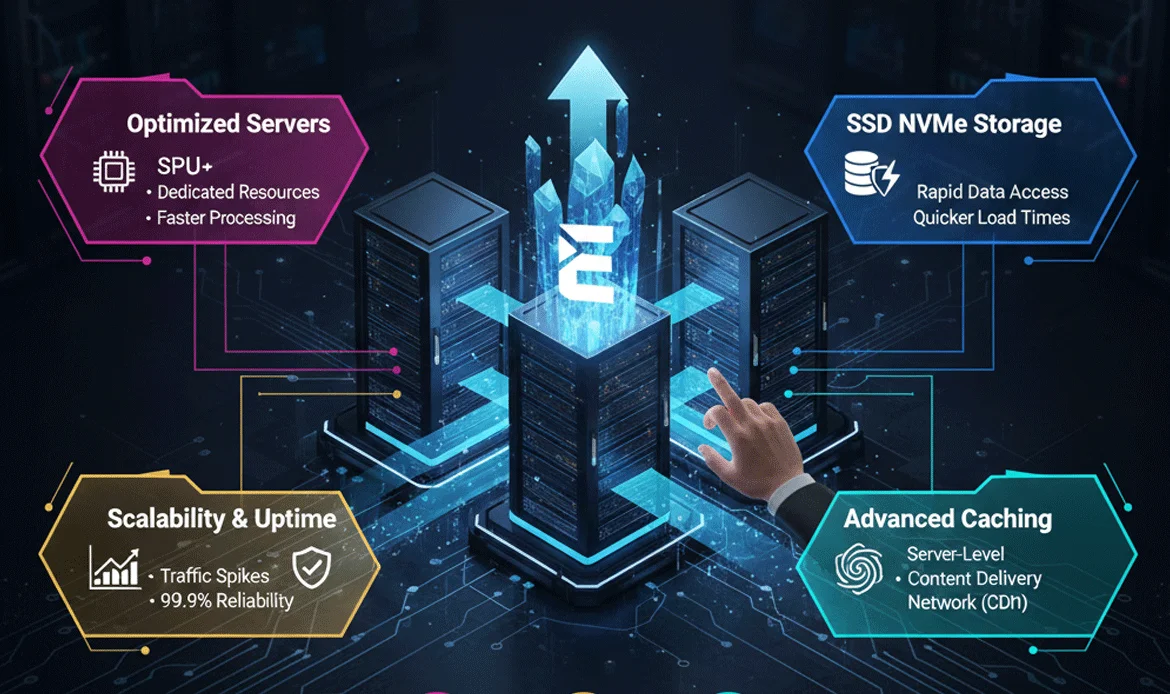Elementor Too Heavy Optimization begins with understanding why your website slows down and how you can boost speed without sacrificing the visual impact your brand deserves. Many users experience lag, sluggish editing, or slow loading times because Elementor loads multiple scripts, widgets, and design layers by default.
By applying smart performance optimization techniques—like reducing bloat, improving hosting power, minimizing page weight, and choosing lightweight design tools you can dramatically improve the speed of your Elementor site while keeping the same polished, professional layout. These targeting keywords such as performance optimization, Elementor speed boost, and lightweight design play a key role in creating a fast, stable, and SEO-friendly website that supports business growth effortlessly.
Elementor Too Heavy? Boost Speed Without Losing Design
1. Reduce Elementor Addons Without Affecting Design Quality
Elementor becomes heavy primarily when too many third-party addons are installed, even if you don’t actively use most of them. Each addon loads its own CSS, JavaScript, icons, containers, and backend scripts, contributing to unnecessary bloat. A cleaner setup supports smoother Elementor Too Heavy Optimization, because fewer assets need to load with every page request.
- Disable unused widgets from your addon packs
- Use lightweight addon suites instead of heavy ones
- Keep only the modules essential to your layout
2. Optimize Images for Faster Elementor Loading
Images are one of the biggest performance killers in Elementor websites. Even with a visually stunning layout, oversized images lead to slow rendering, layout shifts, and long waiting times for users on mobile and low-speed networks. Image optimization is a core part of Elementor Too Heavy Optimization because it directly reduces page weight. When you convert images to next-gen formats like WebP, apply compression that preserves clarity, and use lazy loading for sections below the fold, your pages load significantly faster.
- Convert images to WebP for lighter size
- Use smart lazy loading for hidden sections
- Compress images without reducing clarity
3. Use Lightweight Themes That Work Seamlessly With Elementor
Your theme sets the foundation for your entire website, and choosing a heavy theme can make Elementor even slower. Lightweight, Elementor-friendly themes are built with minimal scripts, optimized layouts, and clean code structures that prevent unnecessary bloat. This synergy is essential for effective Elementor Too Heavy Optimization, as it ensures that both your theme and page builder work together without overloading the server.
- Select themes designed for page builders
- Avoid theme bundles with heavy scripts
- Choose themes offering speed-optimized layouts
4. Minimize DOM Size for Better Page Structure
DOM size impacts browser rendering speed, and Elementor websites often become heavy because of too many nested sections, columns, and widgets. A large DOM can slow down layout painting, cause drag during scrolling, and make the page feel unresponsive. Minimizing DOM size is one of the most technical yet effective steps in Elementor Too Heavy Optimization, as it directly affects how quickly browsers can interpret the structure of your webpage.
- Avoid unnecessary inner sections
- Use global widgets instead of repeated designs
- Replace complex layouts with simpler grids
5. Enable Elementor’s Built-in Performance Experiments
Elementor continuously releases experimental performance features designed to improve asset loading, CSS management, and DOM output. Activating these tools gives you access to modern speed enhancements that significantly support Elementor Too Heavy Optimization. Features like optimized asset loading prevent the builder from loading every widget’s CSS, while improved DOM output reduces redundant code. These experiments help eliminate unnecessary scripts and improve rendering speed without changing your design.
- Activate Improved Asset Loading
- Use Optimized DOM Output
- Reduce CSS loading per widget
6. Manage and Minify CSS & JS Files
CSS and JavaScript files accumulate quickly on Elementor websites due to widgets, addons, themes, and plugins. When left unoptimized, these files increase page size and slow down execution. Minifying, combining, and deferring these files is a critical part of Elementor Too Heavy Optimization, as it reduces bandwidth usage and removes unnecessary code. Proper asset control improves loading speed, enhances user experience, and ensures smoother interactions throughout the site.
- Enable CSS & JS minification from performance plugins
- Defer all non-critical JavaScript
- Use server-level caching for faster processing
7. Activate Advanced Caching for Better Stability
Caching is one of the most powerful ways to instantly improve Elementor performance. By storing static versions of your pages, caching reduces server load and eliminates the need for Elementor to regenerate content for every visitor. This dramatically enhances the entire Elementor Too Heavy Optimization process, ensuring faster page loads and better scalability. Browser caching, server caching, and full-page caching all work together to make your site run more efficiently.
- Use page caching plugins like WP Rocket or LiteSpeed
- Enable browser caching for quicker revisits
- Cache dynamic content where possible
8. Upgrade Hosting for High-Performance Elementor Sites
No matter how much optimization you apply, your website can still feel slow if your hosting environment lacks speed, processing power, or caching. High-quality hosting plays a crucial role in successful Elementor Too Heavy Optimization, as it determines how quickly PHP, MySQL, scripts, and dynamic elements are executed. Upgrading to a better server reduces time-to-first-byte (TTFB), improves backend responsiveness, and accelerates the Elementor editor itself.
- Select hosting optimized for WordPress & Elementor
- Choose SSD or NVMe servers
- Use hosting-level caching and CDN integration
9. Use a CDN to Deliver Your Elementor Assets Globally
A Content Delivery Network (CDN) improves the delivery speed of your site by distributing its assets across multiple servers worldwide. This reduces the physical distance between your users and the files they request, delivering faster loading, smoother navigation, and better overall performance. Integrating a CDN enhances Elementor Too Heavy Optimization by ensuring that heavy assets like scripts, CSS files, and images are served efficiently.
- Implement a global CDN like Cloudflare
- Reduce latency for international visitors
- Cache static assets for instant loading
10. Clean Database for Faster Backend Processing
A cluttered database slows down your website and affects both the frontend and Elementor editor. Over time, post revisions, drafts, transients, plugin leftovers, and unused metadata accumulate, causing performance drop-offs. Cleaning your database is a vital part of Elementor Too Heavy Optimization, helping your server process requests faster and load pages more efficiently.
- Remove post revisions and trashed content
- Clean transients and orphaned data
- Optimize database tables weekly
Why Does Elementor Feel Heavy on My Website?
Is Elementor heavy for all websites?
Elementor becomes heavy only when too many addons, scripts, or unoptimized assets are added. With proper optimization, it runs smoothly.
Can I speed up Elementor without removing my design?
Yes! Using performance experiments, optimized images, caching, and smart layout techniques ensures speed without compromising design.
Does hosting affect Elementor performance?
Absolutely. A strong hosting environment drastically improves loading speed, editing smoothness, and overall site performance.
Conclusion
In the end, achieving the perfect balance between design and performance becomes easy when you follow a structured approach to Elementor Too Heavy Optimization. From reducing unnecessary widgets to optimizing images, refining your theme, and enhancing hosting power, every step contributes to a smoother, faster, and more reliable website.
With targeting keywords like Elementor performance, WordPress speed optimization, and design efficiency working in your favor, your site becomes more SEO-ready, more user-friendly, and more capable of converting visitors into customers.
Ready to Build Faster Elementor Websites?
Take your optimization to the next level with our ultra-lightweight, high-performance WordPress themes designed to enhance Elementor Too Heavy Optimization results. Boost speed, improve SEO, and create stunning designs effortlessly. Explore our premium themes and transform your website today!












